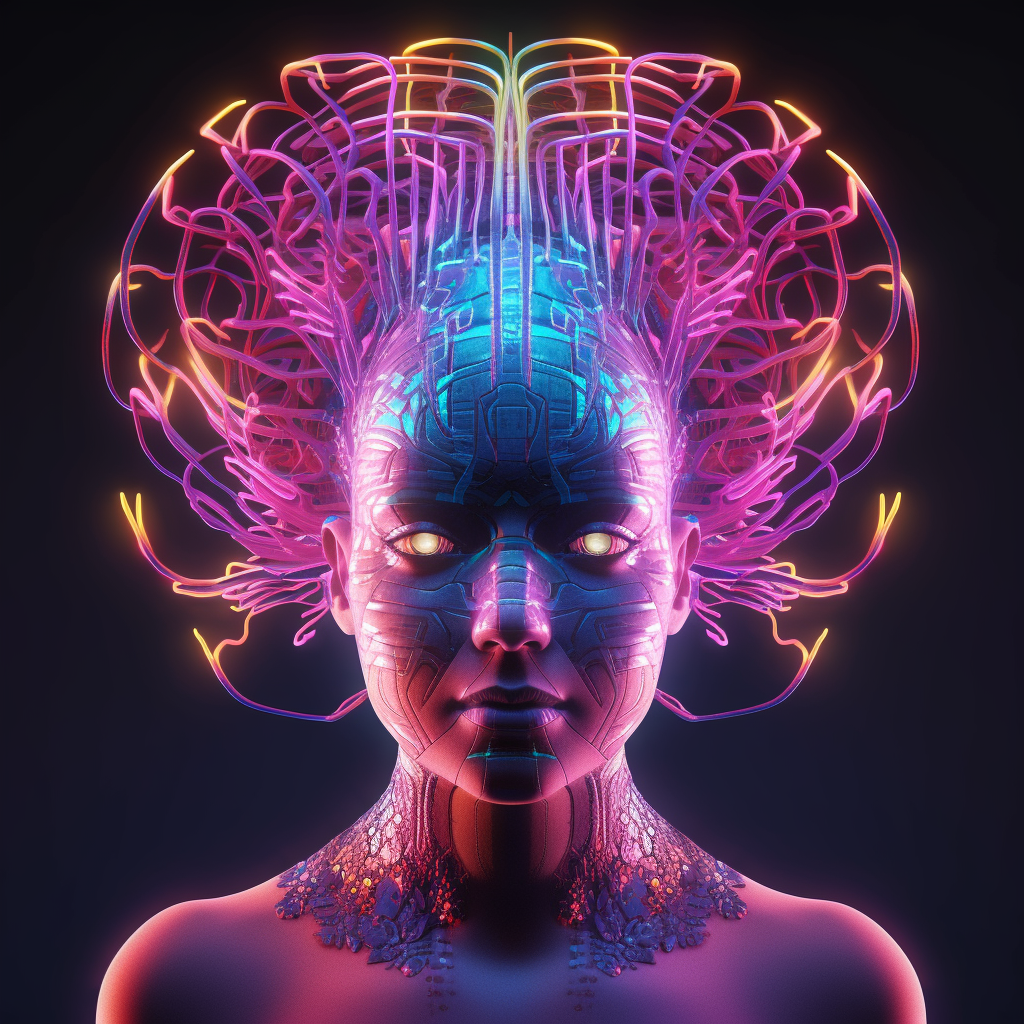Increasingly powerful AI systems are being released at an increasingly rapid pace. This week saw the debut of Claude 2, likely the second most capable AI system available to the public. The week before, Open AI released Code Interpreter, the most sophisticated mode of AI yet available. The week before that, some AIs got the ability to see images.
And yet not a single AI lab seems to have provided any user documentation. Instead, the only user guides out there appear to be Twitter influencer threads. Documentation-by-rumor is a weird choice for organizations claiming to be concerned about proper use of their technologies, but here we are.
@AutoTLDR



TL;DR: (AI-generated 🤖)
The text highlights the rapid release of increasingly powerful AI systems, such as Claude 2 and Code Interpreter. It criticizes the lack of user documentation and reliance on Twitter influencer threads for guidance. The author provides a “Getting Started Guide” to the current state of AI, mainly focusing on Large Language Models (LLMs) like OpenAI’s GPT-3.5 and GPT-4, Microsoft’s Bing, Google’s Bard, and Anthropic’s Claude. The guide highlights the uses of AI in writing, image generation, video creation, and data manipulation. It also warns about the potential for AI to generate false information, lack transparency, and be used unethically.
NOTE: This summary may not be accurate. The text was longer than my maximum input length, so I had to truncate it.
Under the Hood
gpt-3.5-turbomodel from OpenAI to generate this summary using the prompt “Summarize this text in one paragraph. Include all important points.”How to Use AutoTLDR